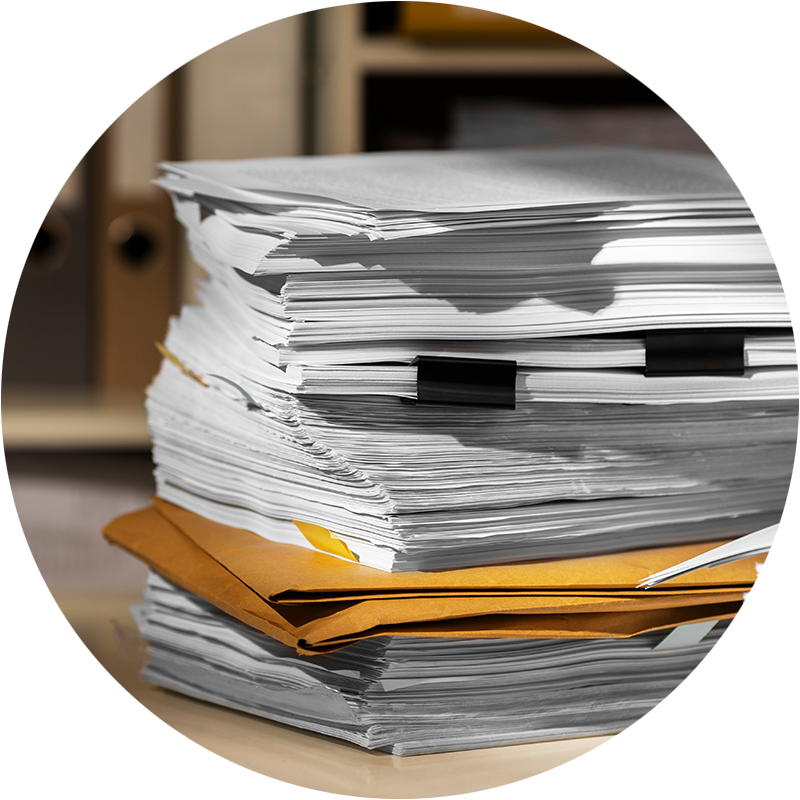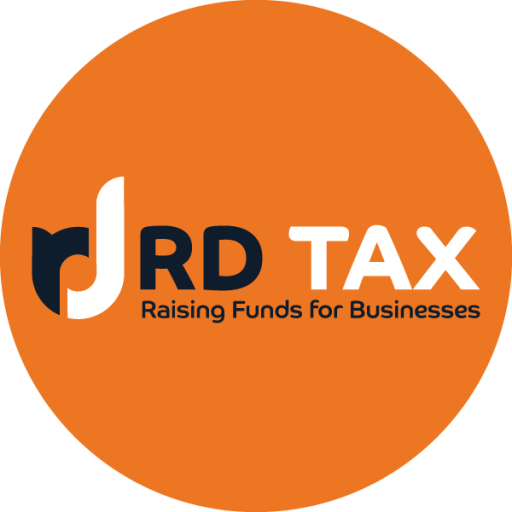Making a
Compliant
Claim

Making a Compliant Claim
Identifying Eligible Projects
Review your projects to ensure they meet the criteria for R&D Tax Relief. This includes projects aimed at scientific or technological advancements that involve overcoming uncertainties.
Documenting Your Work
Keeping thorough records is essential. Document all aspects of your R&D activities, including:
- Project Objectives: Clearly state the goals of your project.
- Methodologies: Describe the scientific or technological methodologies used.
- Challenges and Uncertainties: Detail the challenges faced and the uncertainties addressed.
- Outcomes: Record the results, including both successes and failures.
- Recording the work: Get your competent professional into the habit of taking videos and photos to record the challenges, successes, and failures.


Non-Routine Testing and Analysis
One critical aspect of making a compliant R&D claim is understanding the difference between routine and non-routine testing and analysis.
Routine Testing: Typically involves established procedures for quality control, product testing, or compliance verification. These activities are regular and predictable and do not contribute to scientific or technological advancement.
Example: A company that conducts quality checks on each batch of its products to ensure they meet standard specifications. This involves following predefined methods and protocols without seeking new knowledge.
Non-Routine Testing: Involves experimental approaches, research, and innovative methods to solve new problems or develop new products, processes, or services.
Example: A pharmaceutical company developing a new drug and conducting clinical trials to test its efficacy and safety. These trials involve significant experimentation, facing unknown challenges and uncertainties.
This distinction is essential because HMRC provides R&D tax relief only for projects that involve substantial innovation and scientific or technological development.
Preparing the Claim
Your claim should include several components:
- Project Description: Provide a detailed description of each project, including objectives, methodologies, and outcomes.
- Technical Narrative Report: Explaining the scientific or technological uncertainties and how they were addressed. This narrative should demonstrate why the project was not routine and involved significant innovation.
- Financial Information: Include a breakdown of costs associated with the R&D activities, such as staff costs, materials, and software used. Be prepared to have to deliver evidence of this in the event of any enquiry. It is crucial that you can show your company’s record-keeping system and audit trails are robust and complete. If not, HMRC can and will successfully challenge all the figures in your claim.
Remember, HMRC understands figures and accounts better than science and technology. There is no subjectivity for an HMRC tax inspector in the books, records, accounts, and figures. They either add up or they don’t. Therefore, don’t think a good explanation of the R&D work is going to satisfy HMRC. When checking tax returns and R&D claims, if the figures are wrong and inaccurate, it could invalidate the whole claim and invite closer and deeper scrutiny into the claim and the rest of the company information on the tax return.
Submitting the Additional Information Form
For accounting periods starting on or after 1 April 2023, an additional information form must be submitted before or alongside your claim. This form includes:
- Details about the R&D project.
- A technical narrative.
- Financial breakdowns and supporting documentation.
Filing the Claim
Submit your R&D Tax Relief claim through your Company Tax Return (CT600). Ensure all required documents and forms are accurately completed and attached.
We're ready to help
Book A Free Discovery Call
Want to learn more? Fill in your contact details below and one of the team will be in touch.
Trusted by





